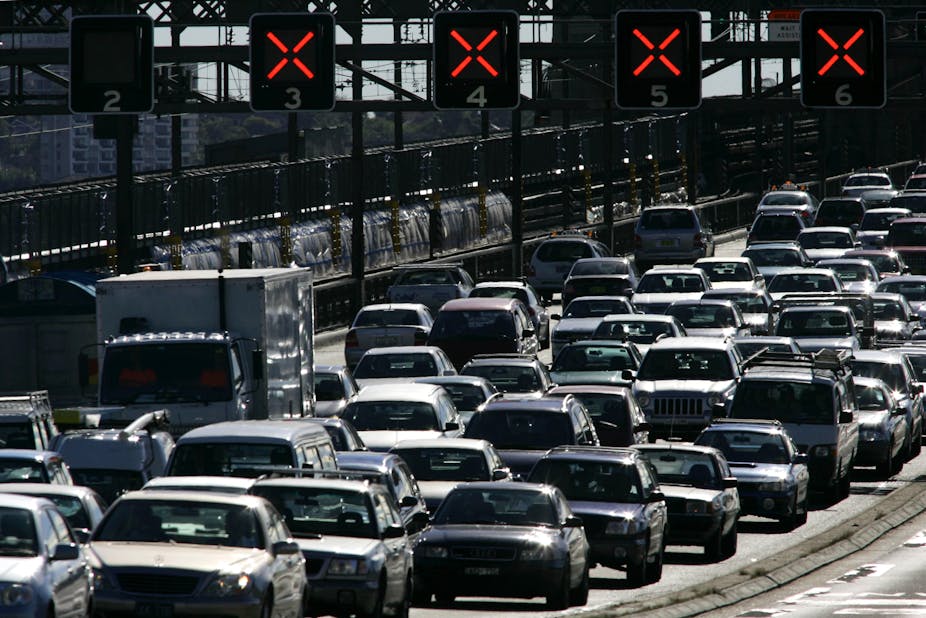Australia’s greenhouse gas emissions increased by 0.6% year-on-year in the December quarter, despite a drop in electricity consumption - the largest source of emissions in the national inventory, figures released today show.
National Greenhouse Gas accounts show Australia’s carbon pollution is at 104% of 1990 levels - on track with the country’s Kyoto Protocol target to limit emissions to 108% of 1990 levels, on average, over the period from 2008 to 2012.
John Quiggin, an Australian Research Council Federation Fellow and Professor of Economics at the University of Queensland, said that “a striking feature of the data is that aggregate emissions have remained unchanged since 2008, although gross domestic product (GDP) has increased by 15% in that time.
"The fact that the link between GDP growth and emissions has been broken is encouraging evidence that we can achieve substantial reductions in emissions without damaging living standards.”
The sector that reported the biggest year-on-year increase was transport - annual emissions were estimated to have increased by 4.8%. “The three primary drivers of this annual increase were from the combustion of aviation turbine fuel in civil aviation, diesel oil in heavy-duty trucks and buses, and diesel oil in light commercial vehicles,” a report released by the Department of Climate Change and Energy Efficiency said.
Over the past five years, there has been a 3.6% decrease in consumption of all automotive gasoline and a 35.7% increase in diesel consumption, the report said.
The waste sector, which includes emissions from landfills and domestic, commercial and industrial waste water, waste incineration and the biological treatment of solid waste, accounted for 3% of the national inventory in 2011. Emissions largely consist of methane, which is generated when organic matter decays under anaerobic conditions. They were estimated to have risen by 1.5% compared to the same quarter in 2010.
The electricity sector, meanwhile, reported a 0.9% decrease in emissions compared with the previous year. Between 1990 and 2011 the sector expanded by 50% - the strongest growth of any sector in the country.
Australia’s emissions per capita and per dollar of GDP have declined over the past 20 years. For the year to December 2011, national inventory emissions per capita were 2% below levels in 1989-90.
Kevin Parton, from the School of Management and Marketing at Charles Sturt University, and a Strategic Professor in the Institute for Land, Water and Society, said the result was “just about what was expected, and indeed is no big deal. This target itself is a straw man, given that it involves an increase in emissions, when we actually need to reduce them.”
More important, said Professor Parton, was what will happen in the years ahead. “The carbon pricing under the government’s carbon tax policy should assist the effort to contain the growth in emissions. However, even with the carbon price, it is unlikely that there would be a fall in emissions during 2012 unless there is a dramatic fall in economic activity in the remainder of the year - which none of us want.
"To reduce Australia’s carbon emissions significantly will need a change in the way the economy works and a transition, as soon as possible, to a low carbon technology. However, there is currently not great optimism about the rate of progress. Electricity generation is the sector with the largest emissions. The best renewable prospect in this sector is wind power, but we are at an embryonic stage when it comes to the roll-out of this technology. Coal will be king for many years to come.
"Even with the carbon price regime implied by the introduction of the government’s carbon tax, there will be little incentive for generators to replace coal fired power stations.”

